GE IS215ACLEH1B Industrial Analog Input Module
1. Product Description
GE IS215ACLEH1B is an industrial-grade analog input module designed by General Electric (GE) specifically for analog signal acquisition and transmission in GE industrial control systems. It acts as the “analog signal collector” of the system, mainly compatible with GE Mark VIe, Mark V, and other series of control systems. It is widely used in scenarios that require accurate collection of analog process parameters, such as power plant turbine pressure/temperature monitoring, chemical reactor level/concentration detection, metallurgical rolling mill speed/current acquisition, and industrial boiler steam flow measurement.
Its core function is to “convert weak analog signals (such as 4-20mA current signals, 0-10V voltage signals) from on-site sensors/transmitters into digital signals that the control system can recognize, and transmit these digital signals to the control core in real time. At the same time, it has signal filtering and anti-interference capabilities to ensure the accuracy and stability of collected data.” For example, in a power plant turbine control system, when the on-site pressure transmitter outputs a 4-20mA signal corresponding to 0-10MPa pressure, the module converts this analog signal into a digital value, transmits it to the turbine control unit, and the control unit adjusts the turbine operation based on the pressure data; if the signal is abnormal (such as disconnection), the module will immediately send a fault alert to avoid missed monitoring.
Its practical advantages are particularly prominent in analog signal acquisition scenarios:
- Multi-type signal compatibility: It supports 8 channels of analog input, compatible with common industrial analog signals such as 4-20mA current, 0-10V voltage, thermocouple (K/J type), and RTD (PT100). It can directly connect to pressure transmitters, temperature sensors, flow meters, etc., without additional signal converters.
- High-precision acquisition: The analog signal acquisition accuracy is ≤±0.1% FS (Full Scale), which can accurately capture small changes in process parameters (such as a 0.01MPa pressure fluctuation). This provides reliable data support for the control system and avoids control errors caused by inaccurate acquisition.
- Industrial-grade stability: It adopts a wide-temperature design (-40℃~+70℃) and can adapt to harsh industrial environments such as high/low temperature, humidity, and dust in factories. It has anti-electromagnetic interference (EMI) capability, which can resist interference from on-site motors and frequency converters. The Mean Time Between Failures (MTBF) exceeds 100,000 hours, ensuring continuous and stable operation.
- Easy integration and maintenance: It adopts a standard DIN rail mounting design, which is small in size and fits GE standard control cabinets. It is equipped with signal status indicator lights (e.g., “CH1” light is on for normal signal, “ERR” light is on for fault), allowing maintenance personnel to quickly judge the signal status. Module replacement and debugging can be completed within 30 minutes.
For example, in a chemical reactor control system, GE IS215ACLEH1B collects signals from 6 temperature sensors (PT100, 0-200℃) and 2 level transmitters (4-20mA, 0-5m) through 8 channels. The collected temperature and level data are transmitted to the reactor control core. When the reactor temperature exceeds the set threshold (e.g., 150℃), the control system triggers a cooling operation based on the accurate data from the module, ensuring safe and stable reactor operation.
2. Key Technical Parameters
|
Parameter Category
|
Details
|
|
Application Scenarios
|
GE Mark series control systems, turbine parameter monitoring, chemical/reactor/boiler analog signal acquisition
|
|
Analog Input Specifications
|
Channels: 8 channels; Signal Types: 4-20mA DC, 0-10V DC, K/J-type thermocouple, PT100 RTD
|
|
Acquisition Accuracy
|
Current/Voltage: ≤±0.1% FS; Thermocouple: ≤±1℃; RTD: ≤±0.5℃
|
|
Signal Filtering
|
Built-in low-pass filter (cutoff frequency adjustable: 1-100Hz); Anti-interference: Common Mode Rejection Ratio (CMRR) ≥100dB
|
|
Communication Performance
|
Protocol: GE proprietary high-speed bus; Communication Rate: 100Mbps; Data Transmission Delay: ≤10ms
|
|
Operating Environment
|
Temperature: -40℃~+70℃; Relative Humidity: 5%~95% (non-condensing); Vibration: 5-150Hz, 50m/s² acceleration; Protection Level: IP20 (must be installed in control cabinet)
|
|
Power Supply
|
Input Voltage: 24V DC (±10%); Power Consumption: Typical 12W, Maximum 18W; Protection: Overvoltage, overcurrent, short-circuit protection
|
|
Fault Diagnosis
|
Supports open-circuit detection of sensors, signal drift alarm, module over-temperature alarm; Alarm Output: 1 set of relay common alarm contacts (AC 250V/5A)
|
|
Dimensions & Weight
|
Dimensions: 180mm×120mm×25mm (L×W×H, DIN rail mounting); Weight: Approximately 450g
|
|
Certifications
|
CE, UL, IEC 61010-1 Industrial Safety Standard, EN 61000-6-2 EMI Standard
|
3. System Integration Instructions
GE IS215ACLEH1B is the “core analog acquisition unit” of GE control systems. Its integration (deployment) must follow industrial control system installation specifications:
- Installation Steps (Including Safety Precautions):
-
- Stop the operation of the controlled equipment (e.g., turbine, reactor) and the control system, cut off the main power supply, and hang a “Equipment Maintenance in Progress” sign to avoid safety accidents caused by misoperation.
-
- Select a location in the control cabinet away from strong interference sources (e.g., frequency converters, high-power motors), fix the module on the DIN rail, and reserve a ventilation gap of more than 5cm to prevent overheating from affecting accuracy.
-
- Connect the power cable: Connect to 24V DC power supply, confirm the positive and negative polarities (reverse connection will damage the module), and connect a 5A fuse in series in the power circuit for enhanced protection.
-
- Connect the sensor/transmitter: Connect the analog signal lines of pressure transmitters, temperature sensors, etc., to the module’s input terminals. Note the signal type matching (e.g., thermocouples must distinguish positive and negative poles) and use shielded twisted-pair cables (to reduce interference).
-
- Connect the system bus: Connect the module’s GE proprietary bus interface to the control system core bus, and ensure the shield layer of the bus cable is grounded (to reduce EMI impact on analog signals).
-
- Parameter configuration: Use GE dedicated software (e.g., GE CIMPLICITY) to connect to the module, set the signal type of each channel (e.g., set CH1 to PT100 RTD), signal range (e.g., set 4-20mA to correspond to 0-10MPa), and fault alarm thresholds.
-
- Function testing: Power on the system, use a standard signal generator to simulate analog signals (e.g., output 12mA to simulate 5MPa pressure), and check whether the control system can accurately receive and display the data.
-
- Load operation: Start the on-site equipment, monitor the real-time acquisition effect of process parameters (e.g., temperature, pressure), ensure the data is stable and consistent with the actual on-site status, and complete the integration if there are no abnormalities.
- Daily Maintenance Points:
-
- Regularly check the module’s power supply voltage (ensure it is within 21.6V~26.4V).
-
- Clean the module’s terminal blocks every quarter to prevent poor contact caused by dust accumulation.
-
- Calibrate the acquisition accuracy of each channel every 6 months (use a standard signal source for calibration).
-
- Back up the module’s configuration parameters (including signal type and alarm threshold) to prevent parameter loss.
-
- If a fault alarm occurs (e.g., “ERR” light is on), first check whether the sensor is normal and the wiring is loose, then use software to view fault logs for troubleshooting.
For example, in a metallurgical rolling mill speed monitoring system, after integrating GE IS215ACLEH1B, the module’s 8 channels are connected to 4 speed transmitters (4-20mA, 0-1500rpm) and 4 current sensors (0-10V, 0-500A). The collected speed and current data are transmitted to the rolling mill control system. When the rolling mill speed fluctuates (e.g., drops from 1200rpm to 1150rpm), the control system adjusts the motor output based on the accurate data from the module, quickly stabilizing the speed within the set range (1200±12rpm) and ensuring the quality of rolled materials.
4. Recommended Related Models in the Same Series
|
Model
|
Core Differences & Application Scenarios
|
|
GE IS215ACLEH1C
|
Analog Output Enhanced Type: Adds 4 channels of analog output (AO, 4-20mA/0-10V) on the basis of 8 AI channels, suitable for scenarios that require both signal acquisition and control signal output (e.g., turbine speed acquisition + valve control)
|
|
GE IS215ACLEH1D
|
Digital Signal Expansion Type: Reduces AI channels to 4, adds 8 digital input (DI) and 4 digital output (DO) channels, suitable for scenarios that need to mix analog acquisition and switch control (e.g., boiler temperature acquisition + pump on/off control)
|
|
GE IS215ACLEH2A
|
High-Temperature Special Type: Supports S-type thermocouples (maximum 1600℃) and extends the operating temperature range to -55℃~+85℃, suitable for high-temperature industrial scenarios (e.g., metallurgical furnace temperature acquisition, glass kiln parameter monitoring)
|
|
GE IS215ACLEH1E
|
Explosion-Proof Type: Certified with ATEX Zone 1 explosion-proof standard, with intrinsically safe design for terminals, suitable for flammable and explosive environments (e.g., chemical explosion-proof area reactor signal acquisition, oil and gas field equipment monitoring)
|
|
GE IS215ACLEH1F
|
Remote Acquisition Type: Supports Ethernet communication (Profinet protocol) and can be installed on-site with an IP67 protective housing, suitable for long-distance signal acquisition scenarios (e.g., large storage tank level monitoring, long-distance pipeline pressure detection)
|
|
GE IS215ACLEH1G
|
Low-Power Type: Reduces power consumption to 8W (typical) and standby power consumption to ≤1W, suitable for battery-powered or low-power-demand scenarios (e.g., outdoor environmental monitoring stations, solar-powered small-scale process equipment)
|
|
GE IS215ACLEH3A
|
Redundant Type: Adopts dual-core CPU, dual power supply, and dual signal acquisition channel redundancy design; switches to the standby channel without interruption when one channel fails, suitable for critical control scenarios (e.g., nuclear power plant auxiliary system signal acquisition, large turbine key parameter monitoring)
|
|
GE IS215ACLEH1H
|
Multi-Protocol Compatible Type: Supports Modbus RTU and EtherNet/IP protocols in addition to GE proprietary bus, and can connect to third-party instruments (e.g., Siemens, Rockwell transmitters), suitable for mixed-brand industrial control systems
|



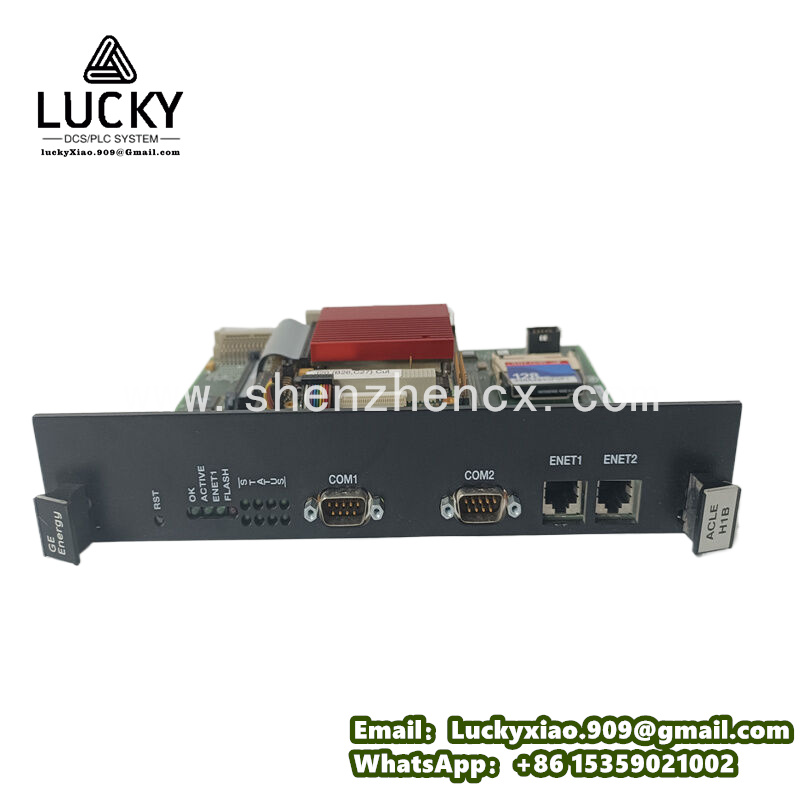


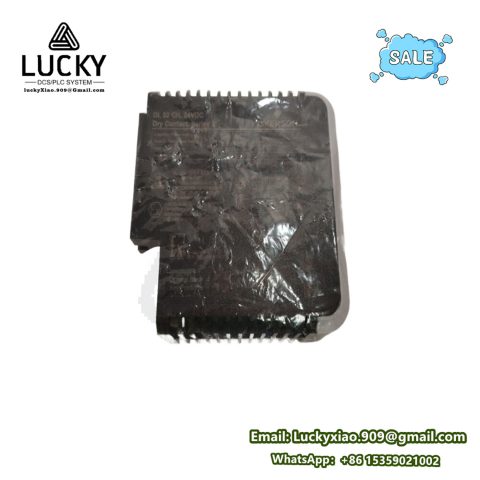


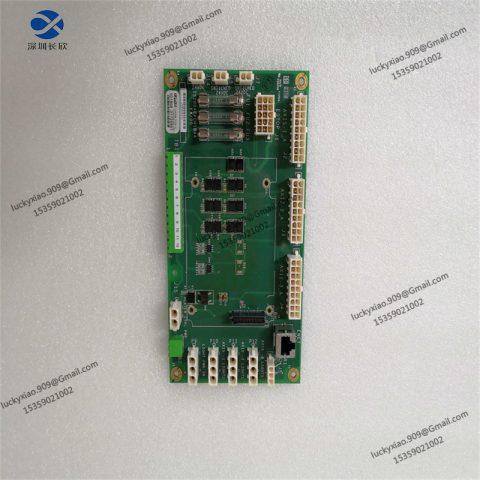



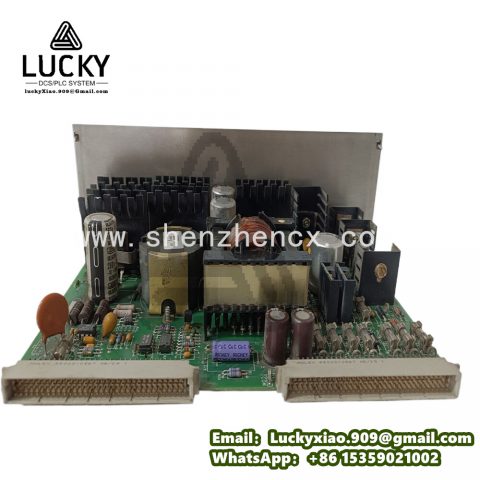
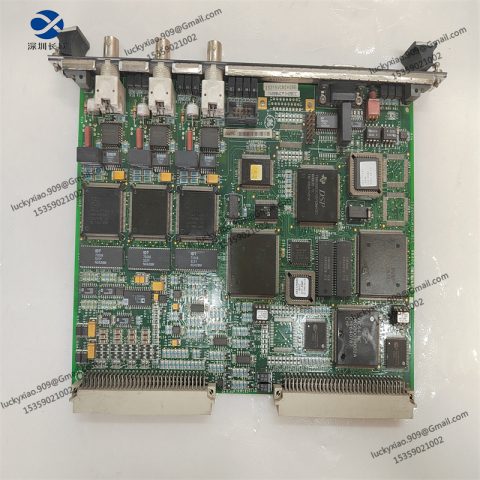
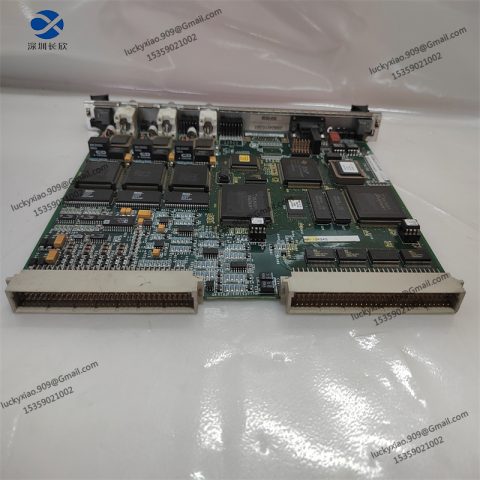

There are no reviews yet.